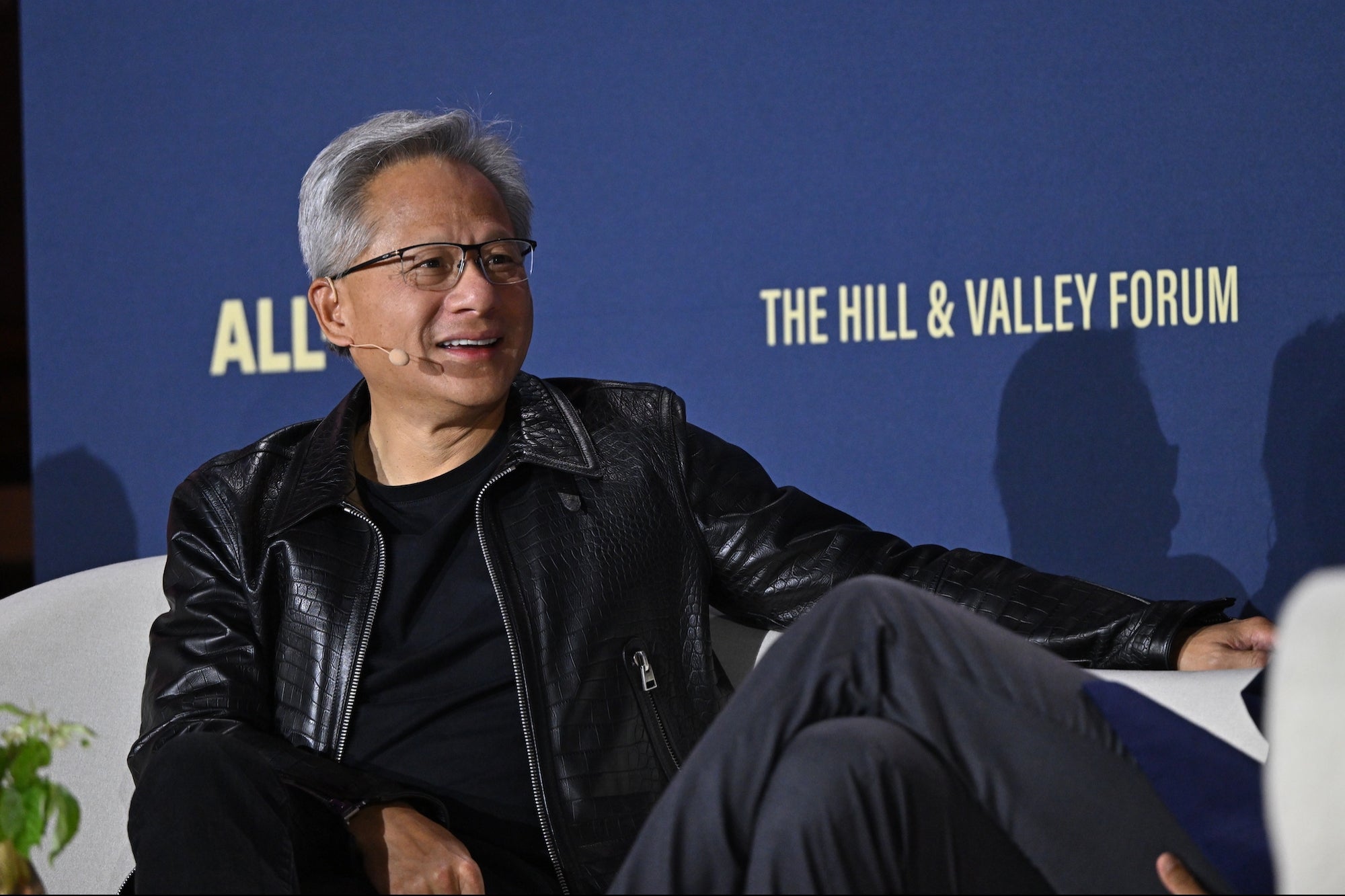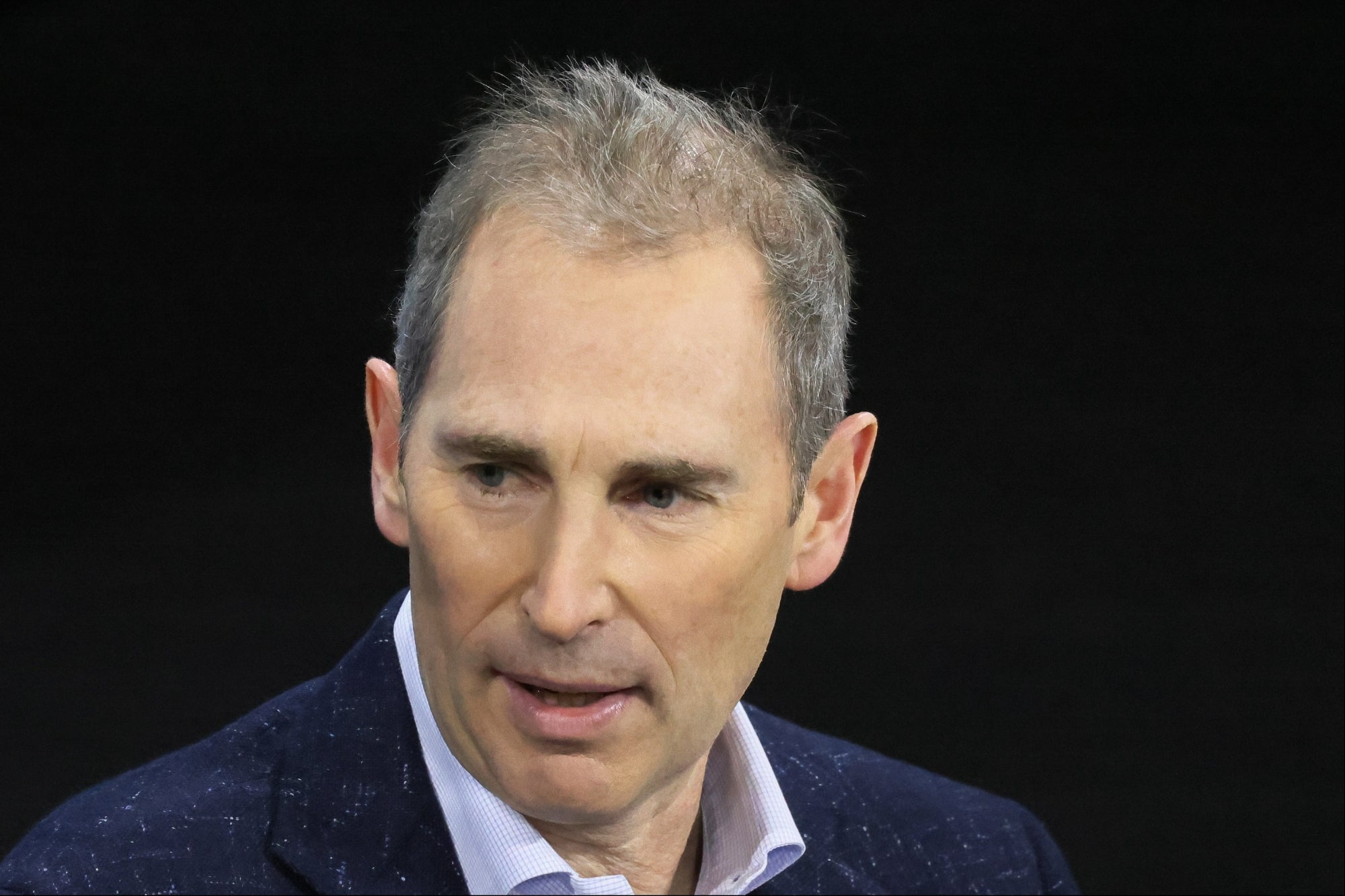Economic uncertainty is nothing new for entrepreneurs, but franchise systems are uniquely structured to soften the blow of cost pressures, tariffs and inflation. By leveraging economies of scale, innovating supply chains and maintaining strong lines of communication, franchisors can give franchisees a competitive advantage that independent operators often lack.
To explore how franchisors are adapting and protecting owners’ bottom lines in these turbulent economic times, Entrepreneur spoke with 20-year industry veteran Nick Powills, chief growth officer of Mainland, a Chicago-based communications and content marketing agency focused on franchising and multi-location businesses. He explains why franchising is inherently resilient, what smart franchisors are doing to cut costs and where the model still needs to improve.
Responses have been edited for length and clarity.
Related: Considering franchise ownership? Get started now to find your personalized list of franchises that match your lifestyle, interests and budget.
What is it about the franchising model that makes it resilient to economic shocks?
There are multiple pieces to this. On the franchise growth side, turbulence actually drives interest in buying a franchise. Many times, when someone buys in, it’s because they’ve experienced career turbulence — like getting laid off — and no longer want to work for someone else.
On the B2C side, franchising provides economies of scale. Even a 10-unit restaurant brand can negotiate better purchasing power for fixtures, supplies and food costs than an independent. That pulls pricing down and helps franchisees protect their margins. Smart brands start by engineering costs in their supply chain so franchisees are positioned for profitability from day one.
Tariffs and inflation often hit supply chains first. What strategies are franchisors using to shield franchisees from those pressures?
The smart ones focus on profitability first. A food brand’s approach to menu innovation starts with food costs — breaking down every ingredient before rolling out an item. That way, franchisees aren’t forced to sell exciting products that don’t make them money. When costs — for example, beef or chicken — swing up, food franchises can adjust their marketing to push items with more stable margins, like fries. That protects both the franchisee’s profitability and the customer experience, because the consumer isn’t seeing constant price hikes.
Related: Fried, Fast And Franchised — These Are The Top 10 Chicken Franchises in 2025
Outside of food, have you seen franchisors in other categories step up in significant ways?
Yes, but there’s also a risk. Some brands overcomplicate operations. If a power-washing company suddenly adds gutters, it can derail operators who thrive under simplicity. Most franchisees are strong operators, not entrepreneurs — complexity hurts them. On the positive side, some brands innovate by diversifying smartly. Done right, those adjustments offset costs and create new revenue without overwhelming franchisees.
How did the pandemic change the way franchisors prepare for economic turbulence?
During March 2020 through 2021, communication skyrocketed. Franchisors were holding daily calls, doing whatever it took to help franchisees survive. That created record sales afterward because it strengthened community and customer loyalty. The challenge is that many brands have slipped back into old habits — limited support, less communication. The ones that maintained those strong connections are still outperforming.
Related: ‘Send a Man Next Time’: How an Entrepreneur and Her Daughters Built a $2.5 Million Franchise in a Male-Dominated Field
How important is that ongoing communication between franchisor and franchisee when times are tough?
It’s critical. When someone buys a franchise, suddenly they need to be an expert in HR, supply chain, marketing and community engagement all at once. That’s overwhelming. Franchisors hold the keys to operational support — that’s why franchisees pay royalties. When brands over-communicate and over-support, it pays off in royalties because those franchisees outperform.
Looking ahead, do you expect franchisors to continue innovating in cost savings, or is the model already optimized?
There’s plenty of room for improvement. The cost of building out a franchise has skyrocketed, so innovation is essential. Franchisors also compete with each other for candidates. If we don’t protect franchisees — the people risking their life savings — the model itself suffers. There needs to be more consistency, best practices and fairness in things like broker commissions. The future of franchising depends on supporting owners the right way and giving them the tools to succeed.
Economic uncertainty is nothing new for entrepreneurs, but franchise systems are uniquely structured to soften the blow of cost pressures, tariffs and inflation. By leveraging economies of scale, innovating supply chains and maintaining strong lines of communication, franchisors can give franchisees a competitive advantage that independent operators often lack.
To explore how franchisors are adapting and protecting owners’ bottom lines in these turbulent economic times, Entrepreneur spoke with 20-year industry veteran Nick Powills, chief growth officer of Mainland, a Chicago-based communications and content marketing agency focused on franchising and multi-location businesses. He explains why franchising is inherently resilient, what smart franchisors are doing to cut costs and where the model still needs to improve.
Responses have been edited for length and clarity.
The rest of this article is locked.
Join Entrepreneur+ today for access.









